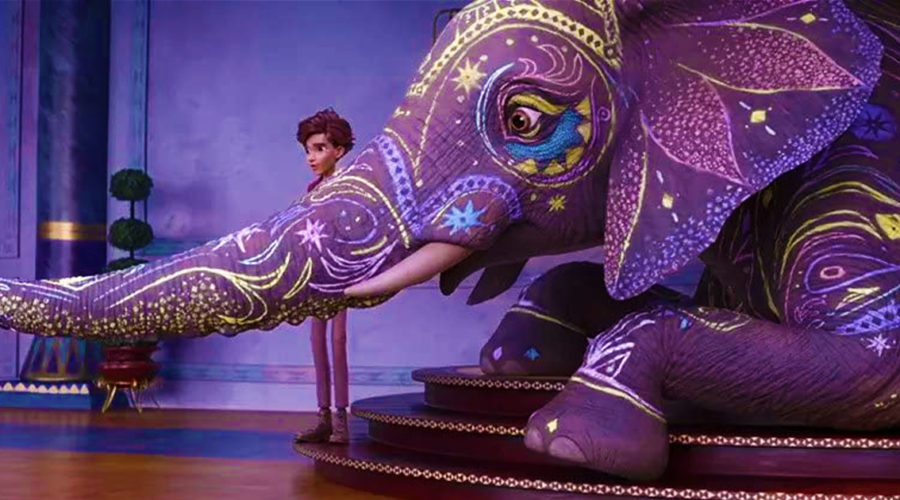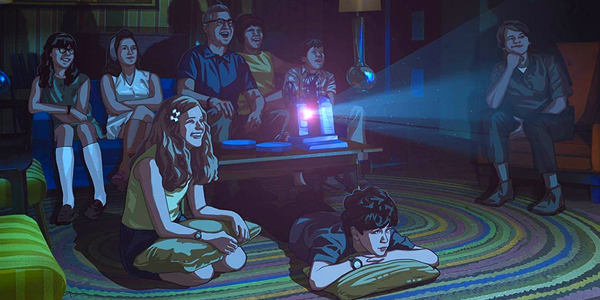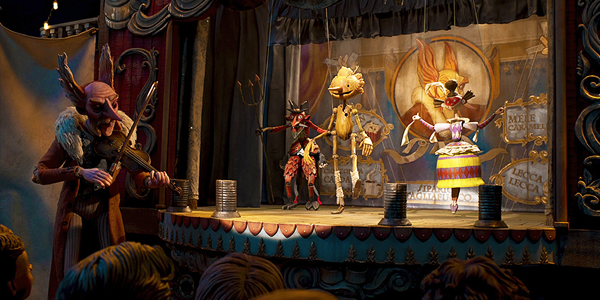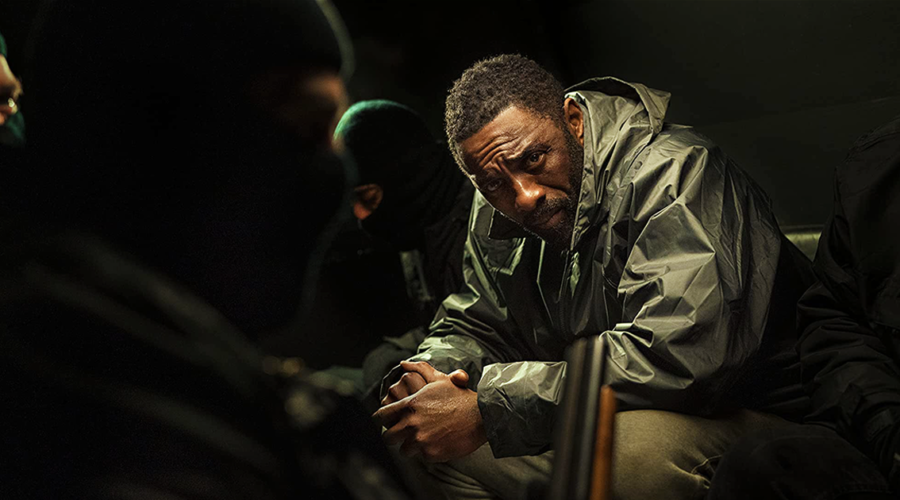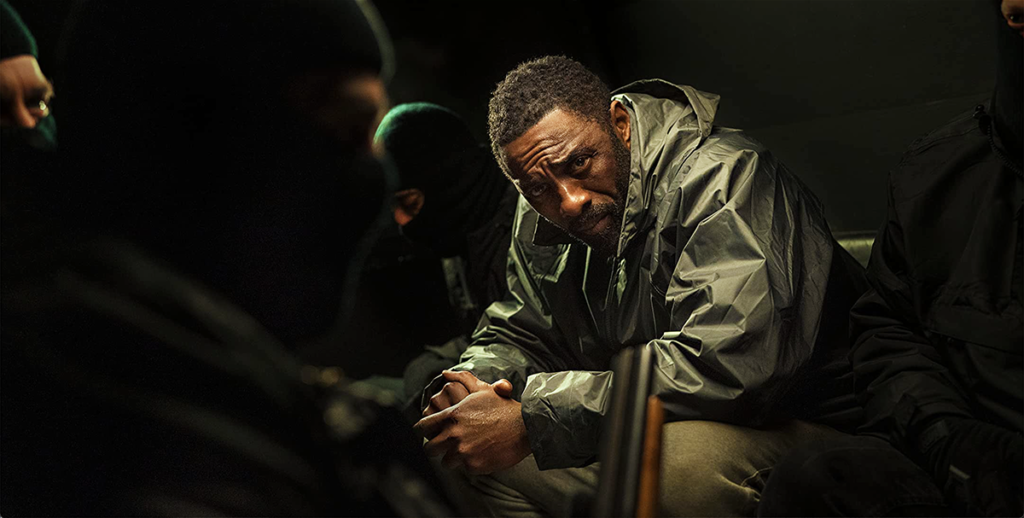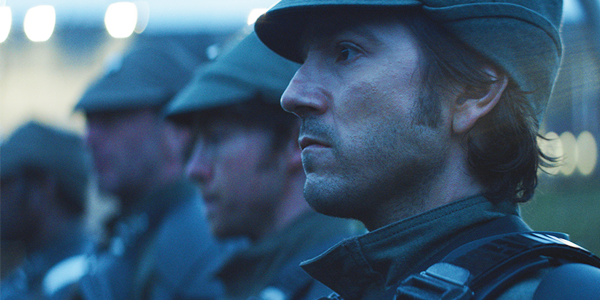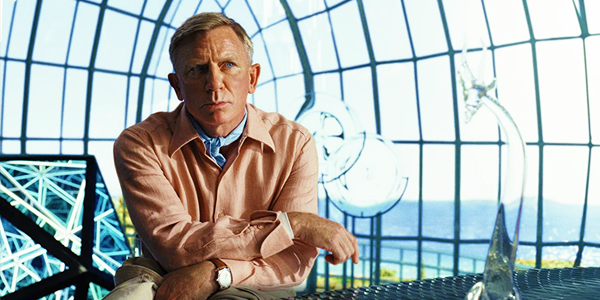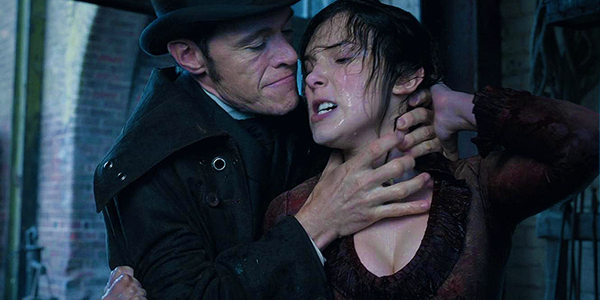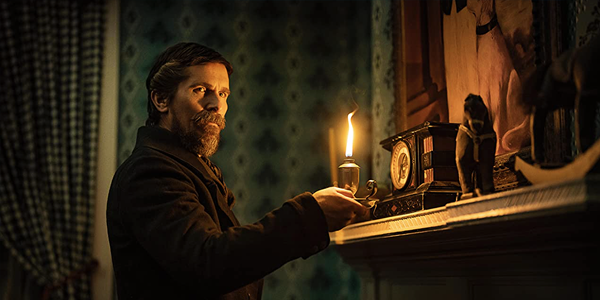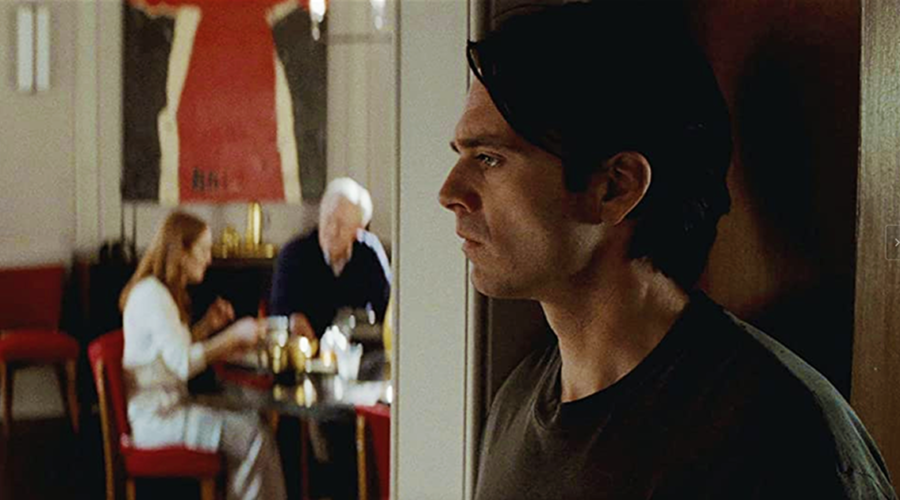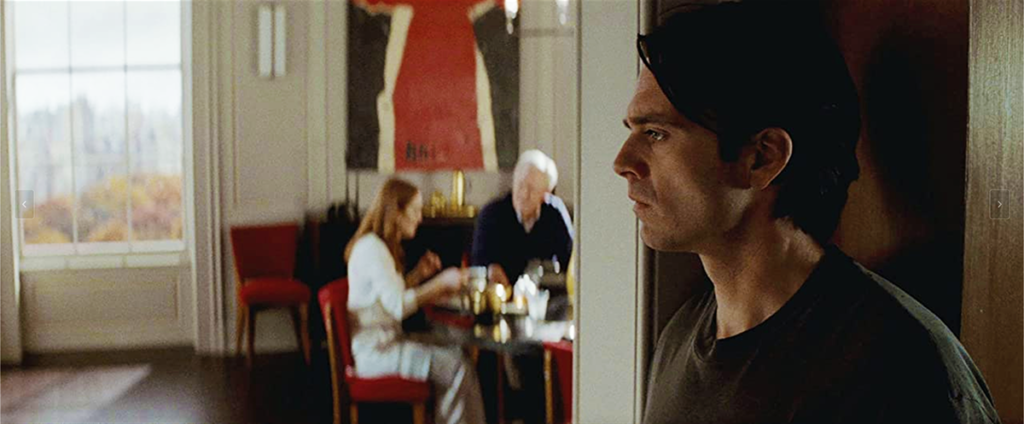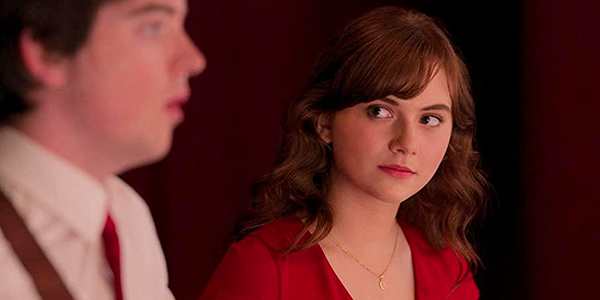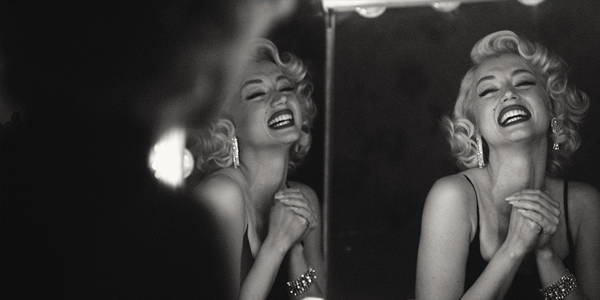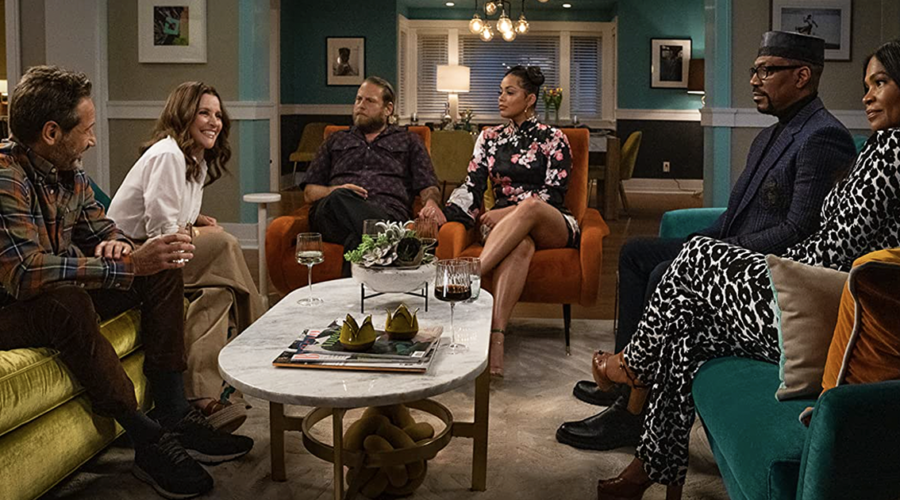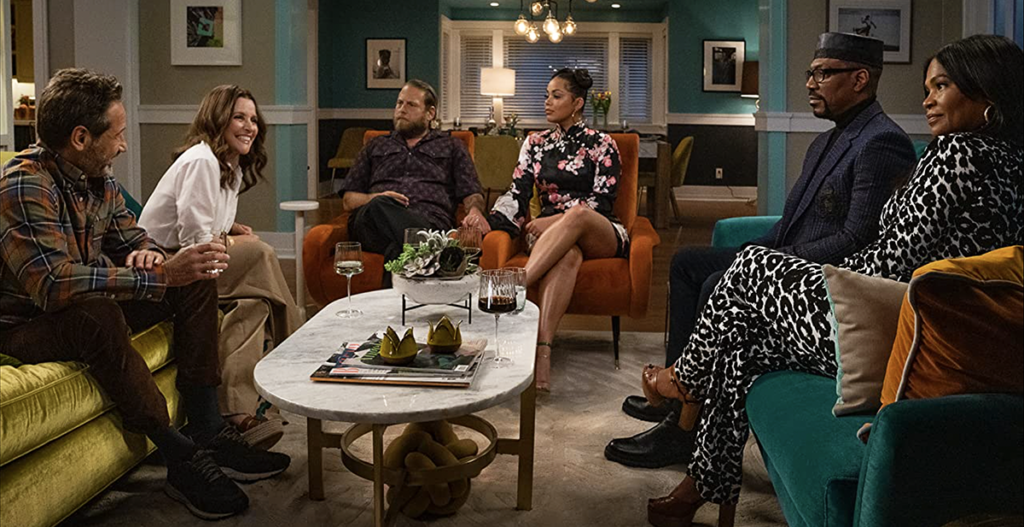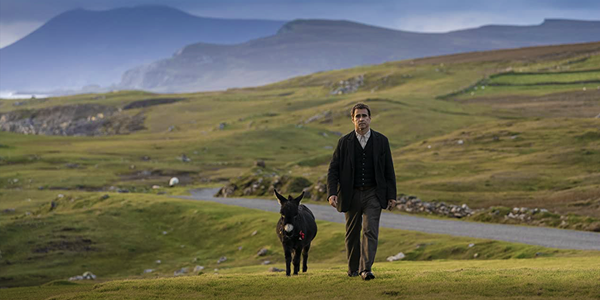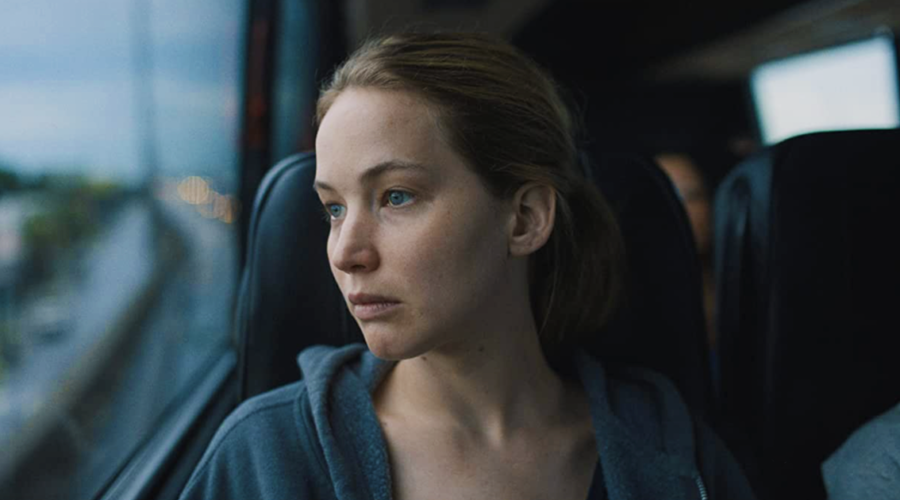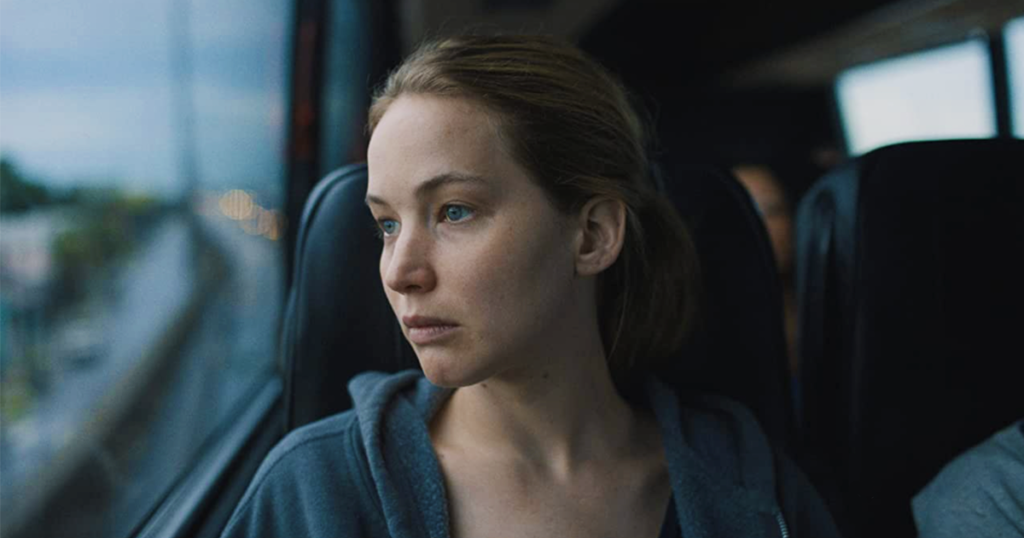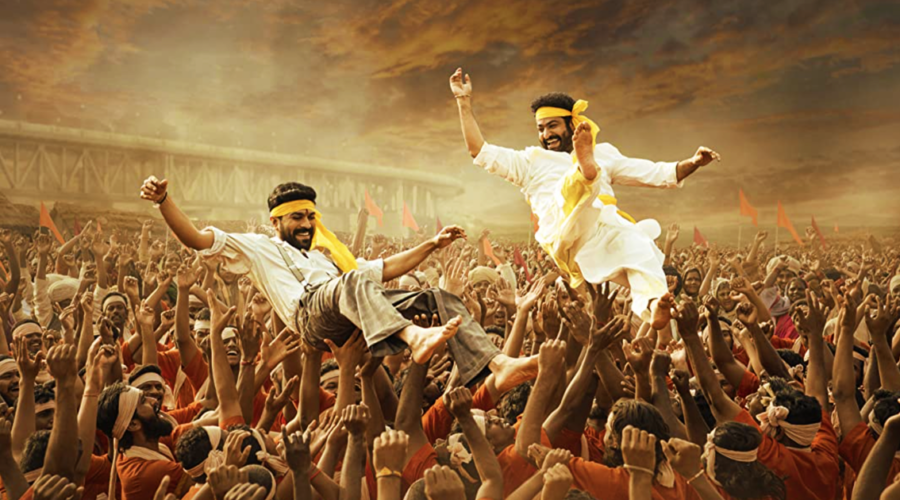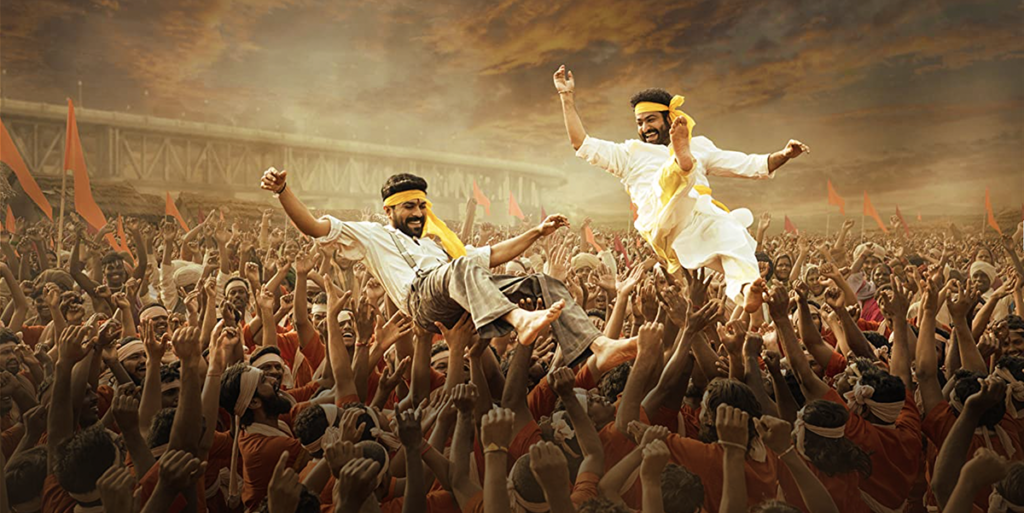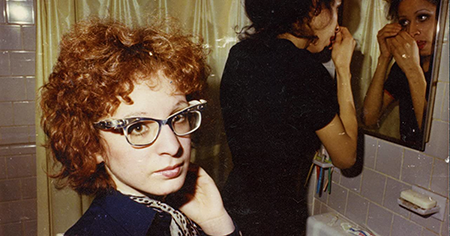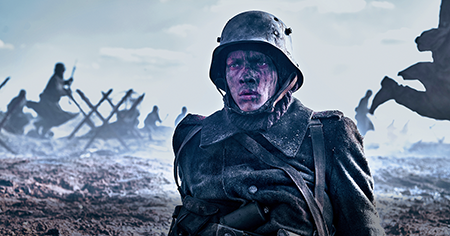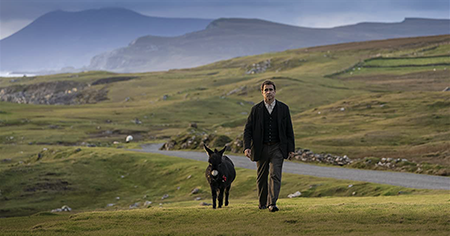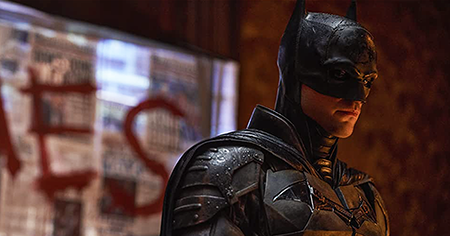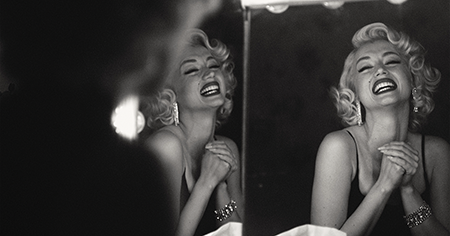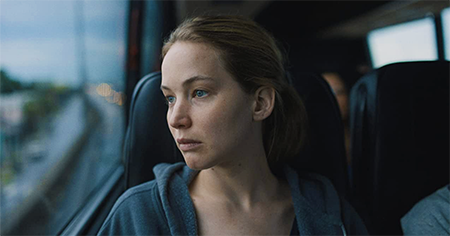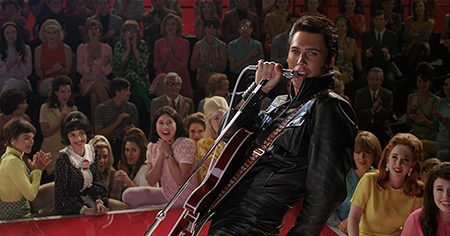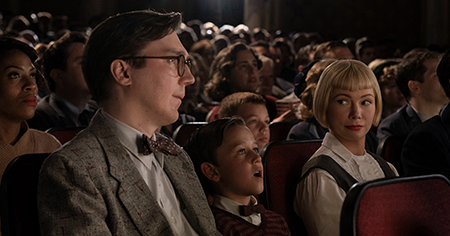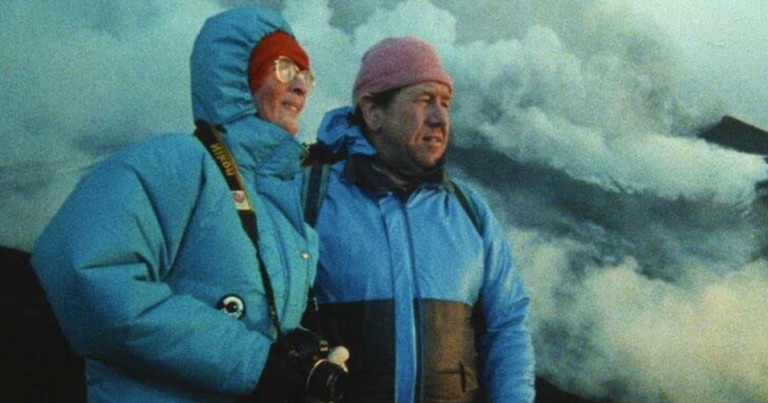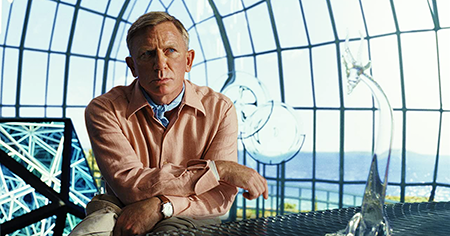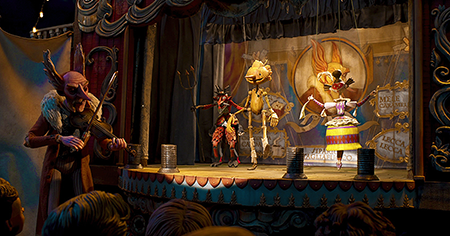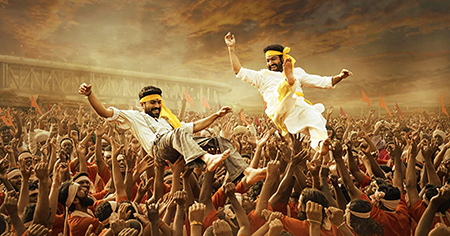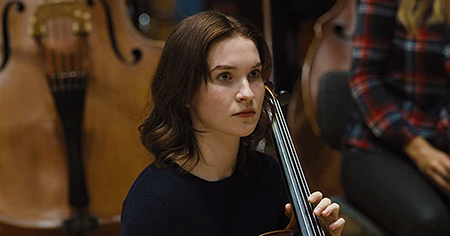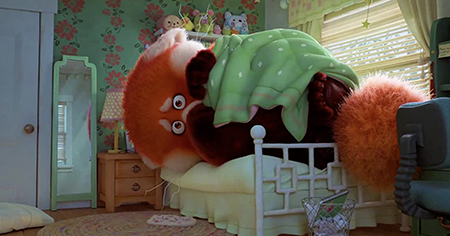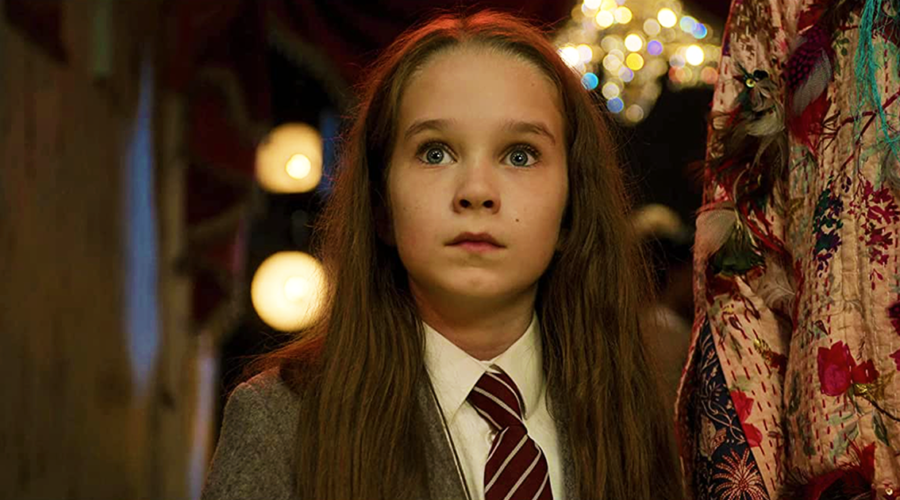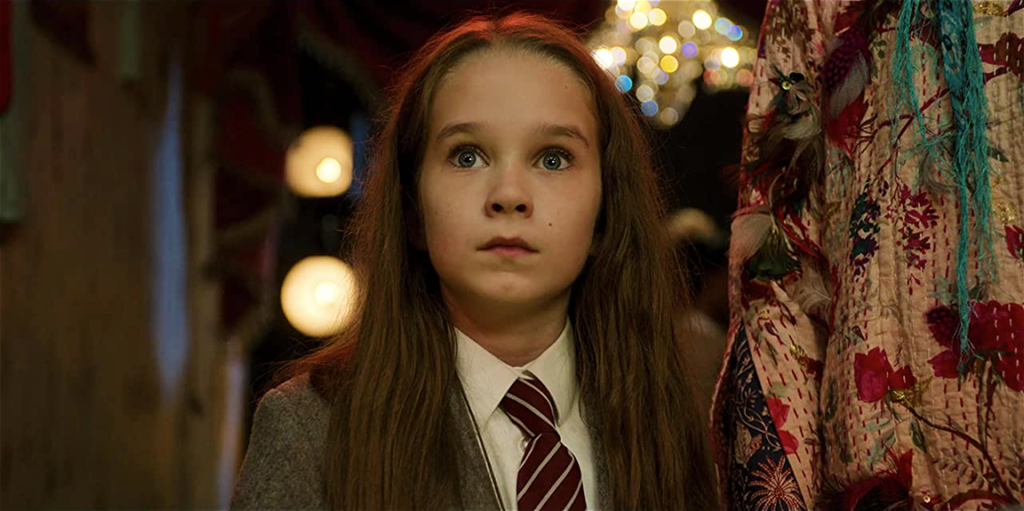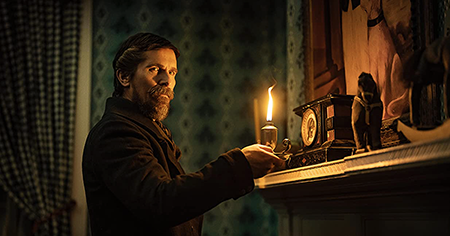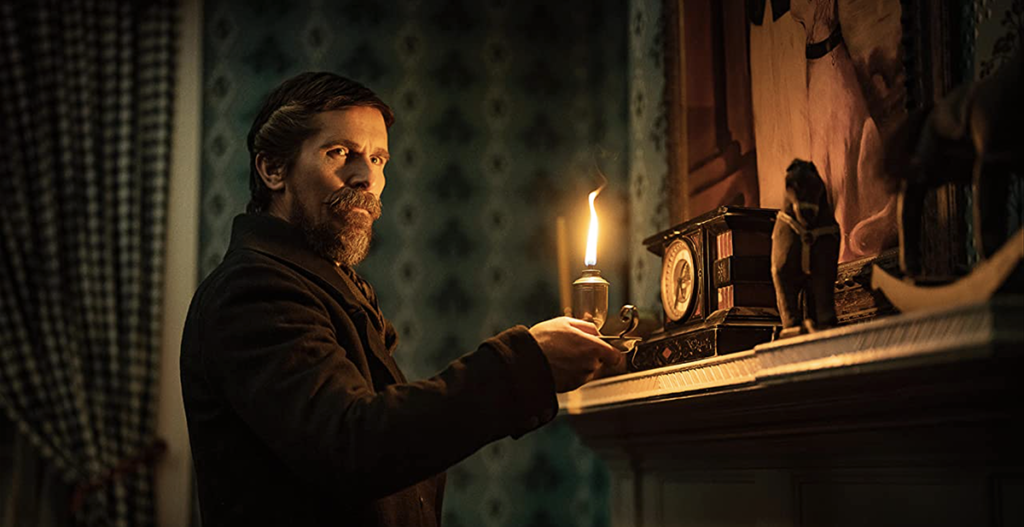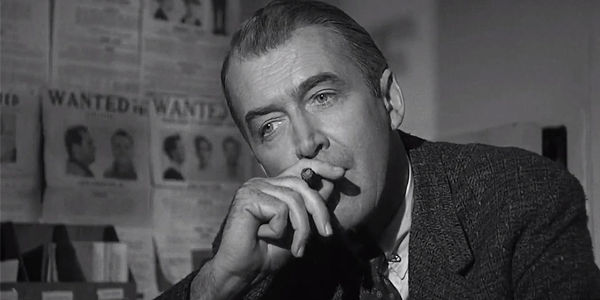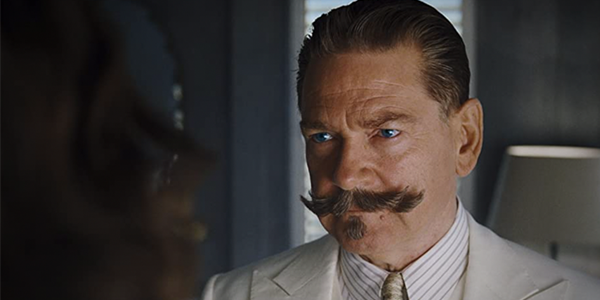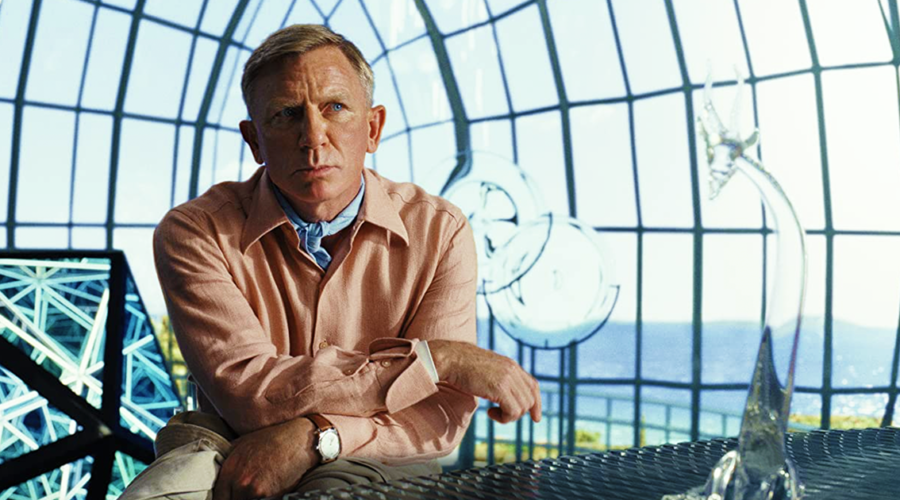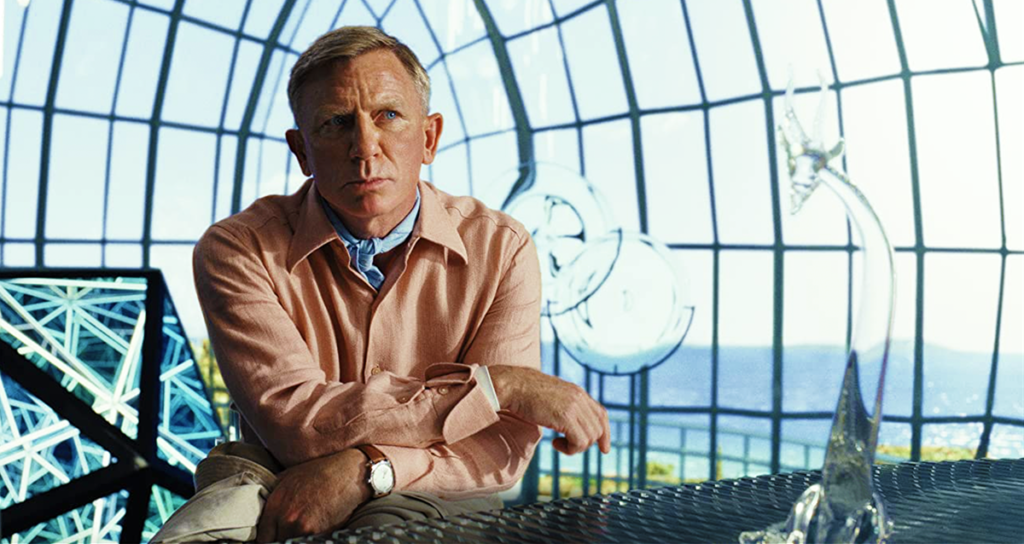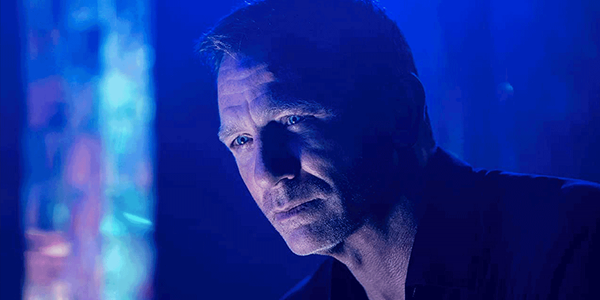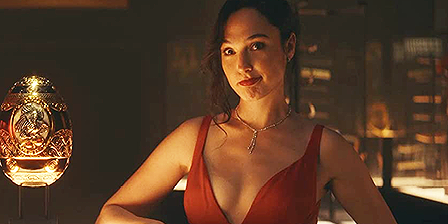Review: The Magician’s Elephant
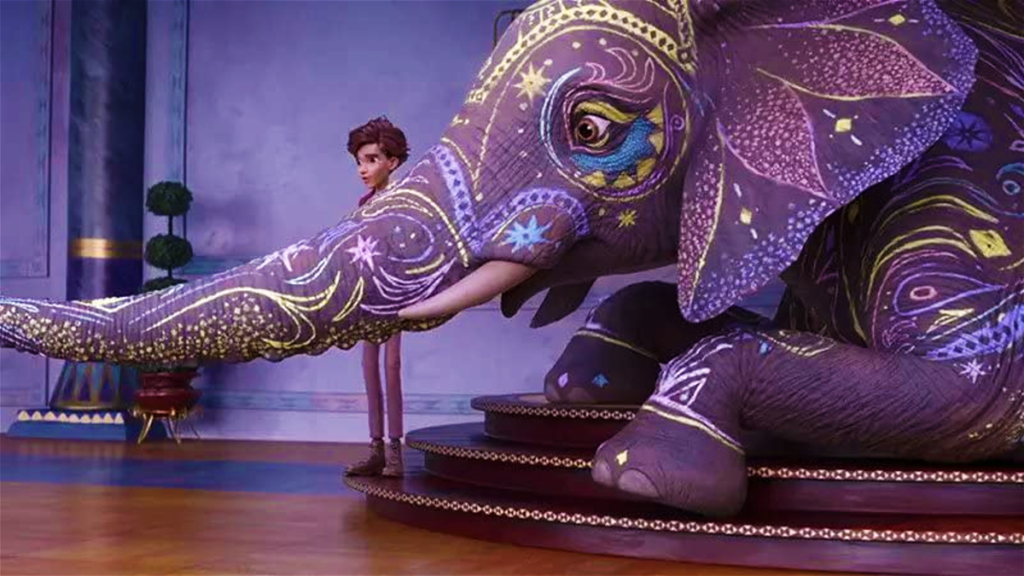
review | The Magician’s Elephant
Aimed more at kids than adults, Netflix’ latest animated effort, while beautiful to look at, is a little too restrained
by Roger Kanno
March 26, 2023
The newest full-length animated feature available to stream on Netflix since March 17 is The Magician’s Elephant. It was produced by Animal Logic, now a Netflix subsidiary and a studio that provides visual effects services to the film industry and has produced the distinctive animation for the Lego and Peter Rabbit films. Based on the novel of the same name by Kate DiCamillo and a screenplay by Martin Hynes, who was one of the contributors to the Academy Award-winning Toy Story 4, The Magician’s Elephant tells the tale of an orphaned boy named Peter (Noah Jupe) and his search for his long-lost sister.
The talented voice cast also includes Mandy Patinkin, Bryan Tyree Henry, Benedict Wong, Sian Clifford, Miranda Richardson, and the always amusing Natasia Demetriou as the Fortune Teller who provides Peter with mysterious advice to help in his search. She also acts as the narrator and breaks the fourth wall to address the audience during her occasional monologues, which are smartly conceived and charmingly executed. Ultimately, though, the storytelling is somewhat clunky, with lessons delivered heavy-handedly and with little backstory as to why the townspeople and the entire city of Baltese where Peter lives have fallen into a state of indifference.
The three-dimensional look and overall visual style of the film along with a color palette full of soft blue, pink, and purple hues is extremely appealing even though Baltese, where Peter and his adoptive father Vilna live, is stuck under perpetual cloudiness. While the brightness of the picture is slightly muted due to the constant presence of the clouds, I was struck by the beauty of the detail in the cityscapes of the Old World buildings. As Peter walks across their rooftops, hundreds of individual tiles of different colors fill the screen, and closeup views show subtly varying shades on their uneven surfaces. The paint is realistically worn on the edges of roof flashings, and Peter’s well-worn leather shoes are wrinkled and grainy with scuffing evident on both the uppers and thick soles, with individual threads visible in the laces. The subdued but still lavishly colorful and detailed animation presented in Dolby Vision is a visual feast.
Character renderings are also exquisite, whether it is the realism of Vilnas’ long scraggly beard, with the hairs nearest his mouth moving more so than those further away as he speaks, or his bushy eyebrows moving independently, as do the many creases and wrinkles as he contorts his face in deep expression. The elephant’s deeply textured skin also moves smoothly and naturally and appears to be realistically stretched over the musculature of the animal as it expands and contracts in unison with its movements. In addition to the finely detailed main players, background characters are also rendered with great detail and clarity as each looks unique and distinct from one another with very different clothing, skin tones, and facial features. Regrettably, though, the painstakingly produced animation is limited to a resolution of 1080p. And while the picture didn’t appear particularly soft or lacking in quality, I couldn’t help but wonder if the fantastic visuals could have been further enhanced had the video been presented in 4K.
The Atmos soundtrack was also not as immersive or involving as I would have expected, especially considering the quality of the carefully crafted animation and the fanciful nature of the story. However, in certain instances, holographic spatial cues such as during a battle scene, the sound of explosions echo realistically in all directions and a baby’s cries are clearly audible off in the distance. And when Peter frolics with the elephant during a dream sequence, the wind swirls and envelops them as the majestic sweeping score exhibits excellent bass. Unfortunately, during much of the rest of the film, there is a relative lack of both discrete, directional surround effects and an enveloping surround ambience.
Animal Logic’s animation for The Magician’s Elephant is visually arresting and a real treat even though it might have benefitted from an upgrade to 4K from the 1080p standard HD video stream provided by Netflix. And the wholesome story with relatively little violence and a whimsical quality will likely appeal to children, although adults may not be as entertained by the rather simplistic plot.
Roger Kanno began his life-long interest in home cinema almost three decades ago with a collection of LaserDiscs and a Dolby Surround Pro Logic system. Since then, he has seen a lot of movies in his home theater but has an equal fascination with high-end stereo music systems. Roger writes for both Sound & Vision and the SoundStage! Network.
PICTURE | The subdued but still lavishly colorful and detailed animation presented in Dolby Vision is a visual feast
SOUND | The Atmos soundtrack isn’t as immersive or involving as you would expect given the quality of the carefully crafted animation and the fanciful nature of the story
© 2025 Cineluxe LLC
